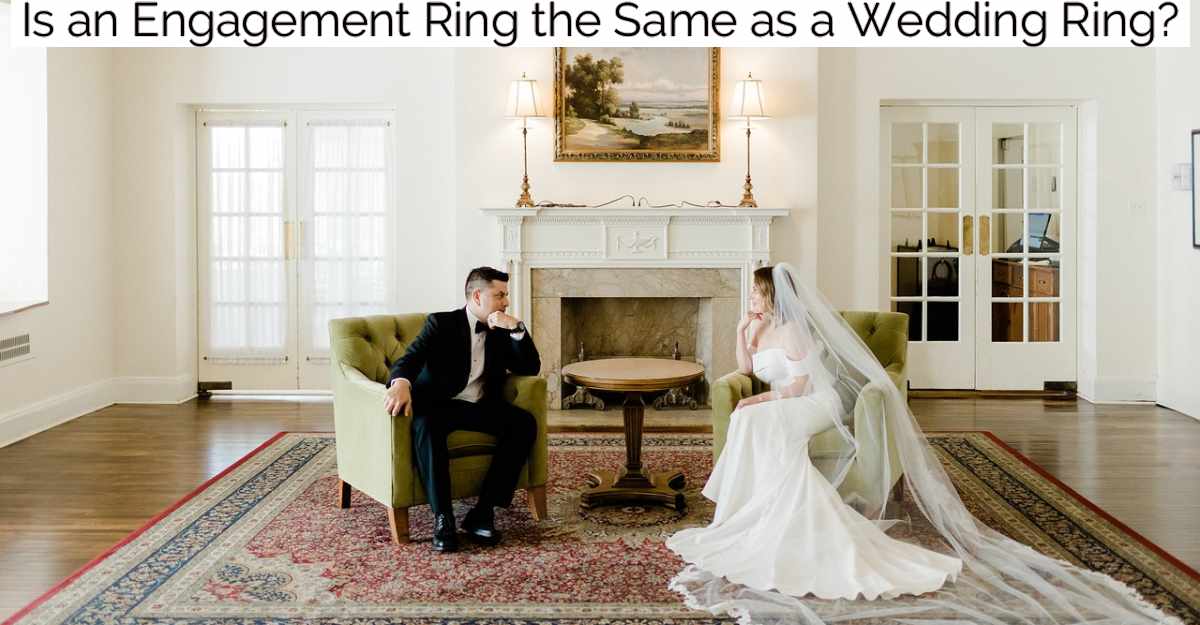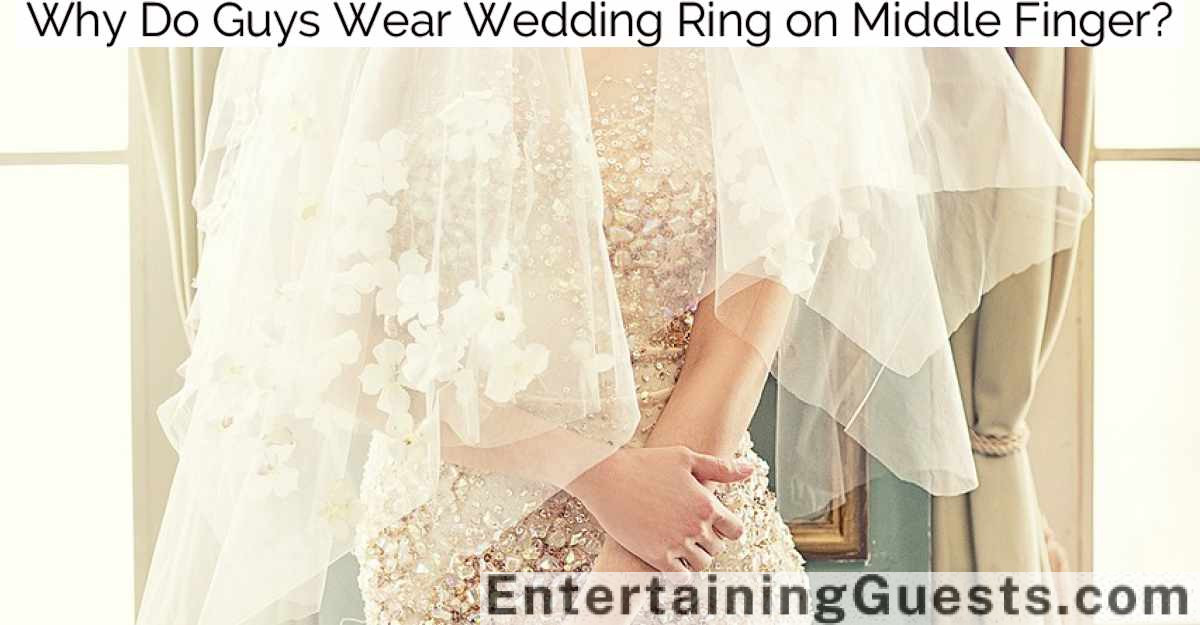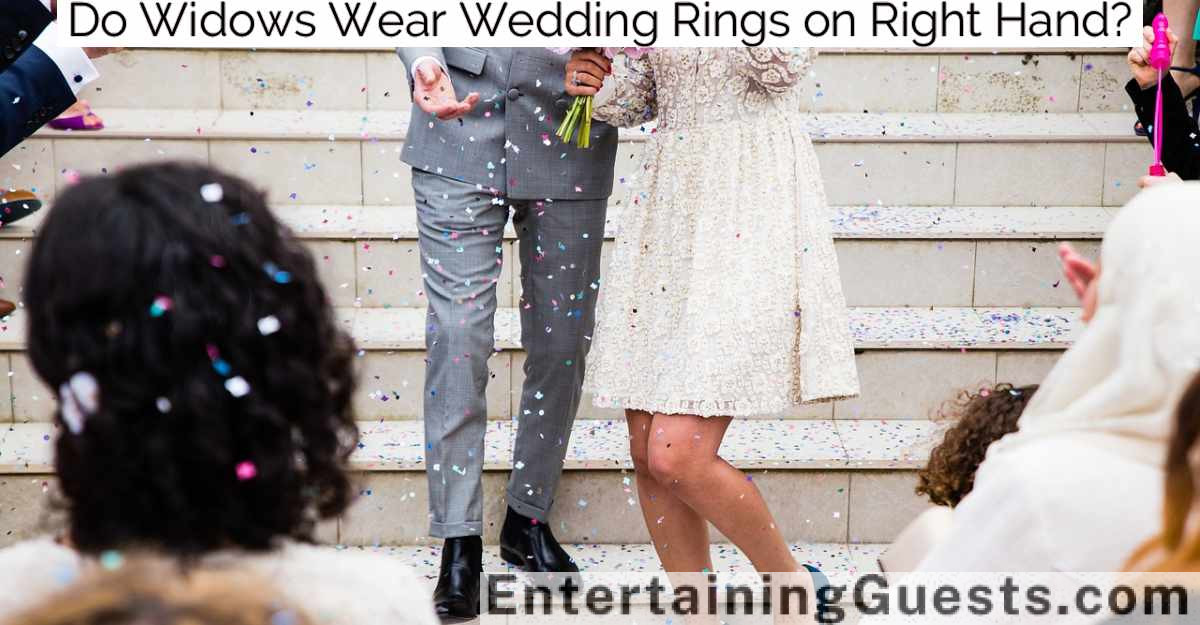No, an engagement ring and a wedding ring are not the same. An engagement ring is typically presented during a proposal and often features a prominent gemstone, usually a diamond, symbolizing the promise of marriage.
In contrast, a wedding ring is exchanged at the marriage ceremony and tends to be a simpler band made from durable metals like gold or platinum, symbolizing enduring commitment.
These rings serve different purposes and represent distinct stages in a relationship’s progression. They are worn together on the fourth finger to symbolize a continuous connection, each playing a unique role in the cultural and personal aspects of commitment and marriage.
Historical Context of Rings
The historical context of engagement and wedding rings reveals a fascinating evolution rooted in ancient customs. Tracing back to Ancient Egypt, rings symbolized eternity due to their circular shape, with no beginning or end.
Egyptians wore rings on the fourth finger of the left hand, believing it housed a vein directly connected to the heart, later named the "vena amoris" by the Romans. This belief in the left hand’s connection to love and fidelity was deeply ingrained in many cultures, influencing modern practices regarding ring placement, especially in Western societies where men often wear wedding rings on the left hand for cultural significance.
The Romans also adopted the ring tradition, but with a utilitarian twist. They used iron rings to signify strength and permanence in a marriage. The betrothal (engagement) ring often served as a public pledge to fulfill a marriage contract, differing from the wedding ring exchanged during the actual marriage ceremony.
In the Middle Ages, the Church would bless these rings, adding a spiritual dimension to their use. This era also saw the introduction of the posy ring, engraved with romantic poems or religious verses.
Engagement Ring Significance
Many couples view engagement rings as essential symbols of commitment and love, marking a significant step toward marriage. Traditionally, the presentation of an engagement ring signifies one’s intent to marry, encapsulating promises of a shared future. This ring is typically adorned with diamonds or other precious stones, reflecting both the durability and brilliance expected in a lasting relationship.
The emotional significance of these rings can be profound, as they serve as reminders of the love and commitment that couples share, much like the symbolic and emotional significance of wedding rings.
The choice of an engagement ring often involves meticulous consideration of the four Cs—cut, color, clarity, and carat—which are critical in determining the stone’s quality and value. A well-cut diamond maximizes the stone’s brilliance, while the right color and clarity enhance its allure, embodying the depth and purity of one’s commitment.
Furthermore, the setting of the ring isn’t merely a matter of aesthetics but also of symbolism; for instance, a solitaire setting might emphasize the singularity and preciousness of the relationship, while a three-stone setting could symbolize the couple’s past, present, and future together.
Engagement rings serve not only as prenuptial gifts but also as visible declarations of a couple’s decision to bond for life, resonating deeply within societal perceptions of betrothal and matrimonial intentions.
Wedding Ring Traditions
While engagement rings symbolize the promise and intent of marriage, wedding rings represent the actualization of that commitment, worn by couples to signify their union during the wedding ceremony and throughout their married life.
Traditionally, the exchange of wedding bands occurs during the nuptial rites, often accompanied by vows that articulate lifelong devotion and partnership. Originating from ancient Egypt, the custom of wearing wedding rings on the fourth finger of the left hand was believed to connect directly to the heart through the "vena amoris" or vein of love, a concept later adopted by Roman traditions.
Dual rings symbolize personal vows and multifaceted identities, reflecting deeper commitment.
Over centuries, the materials and crafting of wedding rings have evolved. Initially, simple iron rings denoted the durability and strength of the union, which evolved into more precious metals like gold and platinum, indicating not only the permanence but also the wealth and status of the wedded couple.
Contemporary practices often involve personalizing rings with engravings of significant dates or messages, further imbuing these ornaments with sentimental value.
These traditions underscore the symbolic gravity of wedding rings as not merely ornamental but as profound emblems of mutual fidelity and love, transcending mere decoration to embody the sacred vows exchanged.
Differences in Design and Wearing
Differences in design and wearing between engagement rings and wedding rings highlight the distinct purposes they serve.
Engagement rings typically feature a prominent gemstone, often a diamond, set in an intricate band that may include additional smaller stones or ornate patterns. This design not only underscores the ring’s visibility but also symbolizes the promise of a future union.
In contrast, wedding rings are usually more understated, crafted as simple bands. These are often made from durable metals like gold, platinum, or titanium, and they might include subtle engravings or a modest number of stones, if any.
Engagement rings are generally worn on the left hand’s fourth finger, a tradition stemming from the ancient belief that this finger houses a vein directly connected to the heart. They’re presented at the proposal and worn thereafter as a declaration of intent to marry.
Wedding rings are exchanged during the ceremony, symbolizing the actualization of the marriage commitment. They’re also typically worn on the left ring finger, positioned below the engagement ring to be closer to the heart, signifying the direct connection and the strength of the marital bond.
Cultural Variations in Ring Practices
Engagement and wedding ring traditions, while widely recognized in their typical forms, vary considerably across different cultures. In India, for example, instead of the typical diamond engagement ring, it’s common for brides to receive intricate gold rings or bangles, which symbolize prosperity and fertility. The practice aligns with the Hindu belief in gold’s sacred status.
Meanwhile, in Chile, both partners wear engagement rings on their right hands and switch them to the left hand during the wedding ceremony to signify the change from engagement to marriage.
In Nordic countries, both men and women traditionally wear simple gold bands as engagement rings. The addition of a more ornate wedding ring to accompany the band on the left hand is a common practice observed during the nuptial exchange. This symbolizes the layered commitments of engagement and marriage.
Japanese couples often participate in a shared experience of selecting a yuinou, a ceremonial gift exchange, which includes rings. These are typically worn on the left hand, reflecting a Western influence melded with traditional Japanese matrimonial customs.
Understanding these cultural nuances not only enriches one’s perspective on matrimonial symbolism but also highlights the diverse ways in which societies celebrate the commitment between partners.
Conclusion
To sum up, engagement rings and wedding rings hold distinct roles within matrimonial traditions. An engagement ring, often elaborate with a prominent gemstone, symbolizes a proposal and commitment to marry. In contrast, a wedding ring, typically simpler and more understated, is exchanged during the wedding ceremony to signify the consummation of marriage. Despite their differences in design and symbolism, both rings serve as enduring emblems of love and commitment across various cultures.







